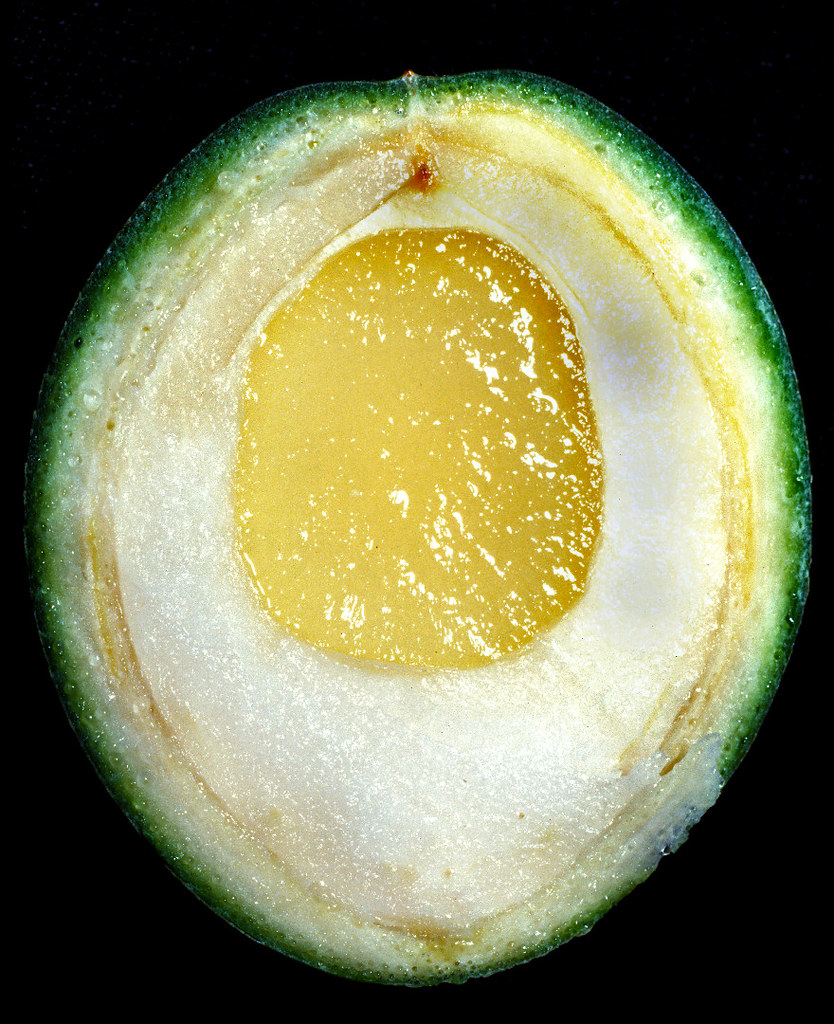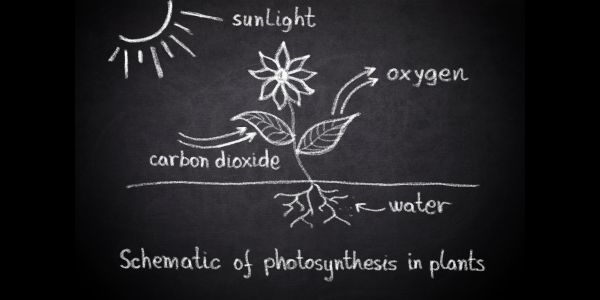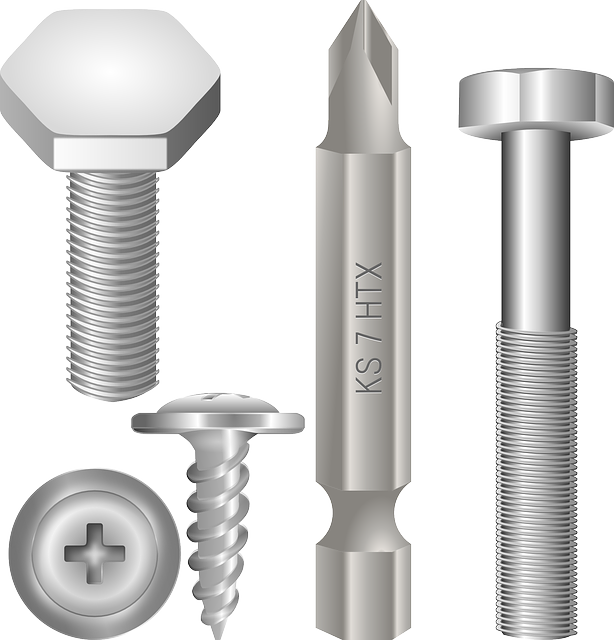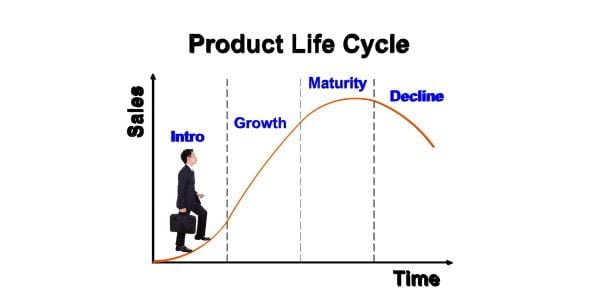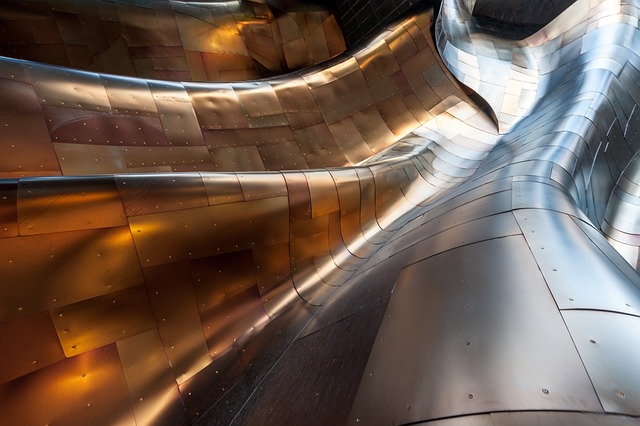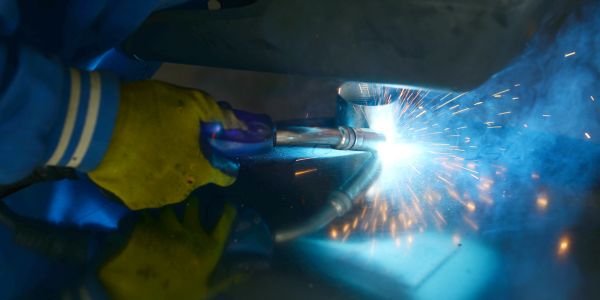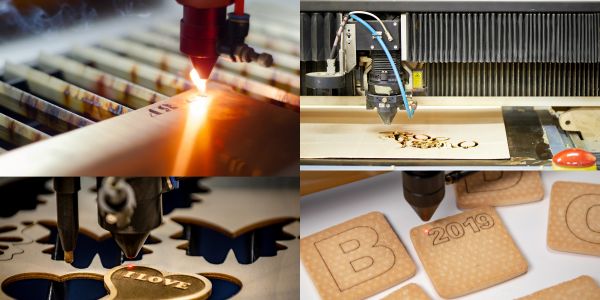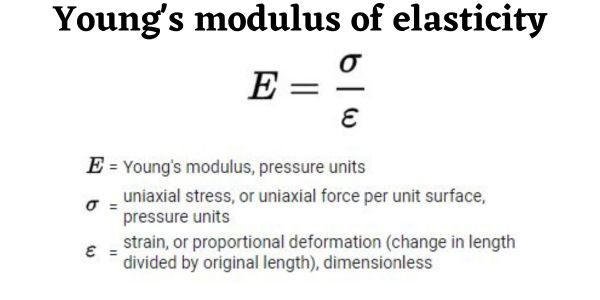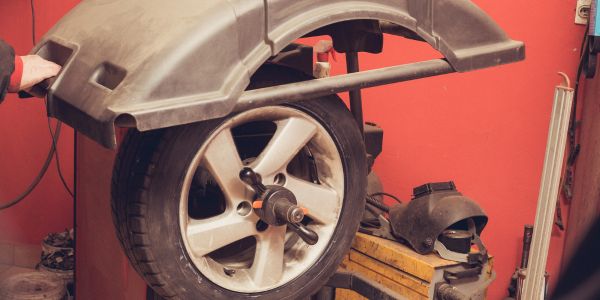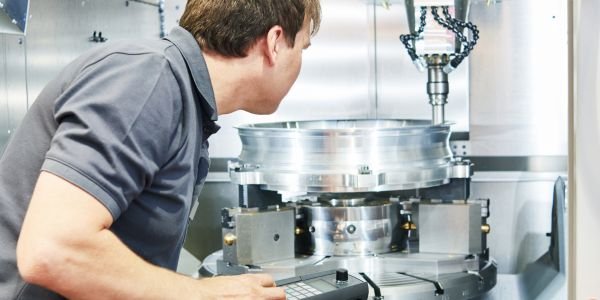Table of Contents
Nuts and bolts are two of the most commonly used fasteners in a wide variety of applications. They are used to hold two or more objects together or to attach objects to a surface. While they are both types of fasteners, there are some differences between nuts and bolts in terms of their design, function, and applications.
Design:
A bolt is a cylindrical threaded rod with a head at one end and a threaded shank at the other. The head of the bolt can be hexagonal, square, or round in shape and is used for turning the bolt into place with a wrench or pliers. The threaded shank is used to attach objects by screwing them into a nut or a threaded hole. Bolts can be made of different materials, such as steel, brass, and titanium, depending on the application.
A nut, on the other hand, is a small, hexagonal-shaped metal or plastic piece with a threaded hole in the center. It is used to secure the bolt in place by screwing it onto the threaded shank. Nuts can also be made of different materials, such as steel, brass, and nylon.
Function:
The main function of a bolt is to hold two or more objects together by creating a clamping force. When a bolt is screwed into a nut or a threaded hole, the threads of the bolt and nut engage, creating a frictional force that holds the objects together. The head of the bolt is also designed to distribute the clamping force evenly across the objects being held together.
A nut, on the other hand, is used to secure the bolt in place by creating a counterforce that resists the rotational force of the bolt. When a nut is screwed onto the threaded shank of a bolt, it creates a clamping force that holds the bolt in place and prevents it from loosening.
Applications:
Bolts and nuts are used in a wide variety of applications, from construction and engineering to automotive and aerospace industries. They are used to hold together structures such as buildings, bridges, and machines, as well as to attach components such as wheels, engines, and electronic parts.
In the construction industry, bolts and nuts are used to join steel beams and girders together to create strong and stable structures. In the automotive industry, they are used to attach wheels, engines, and other components to the chassis of a vehicle. In the aerospace industry, bolts and nuts are used to hold together critical components such as engine parts and flight control systems.
In summary, nuts and bolts are both important fasteners that play a critical role in a wide range of applications. While they have different designs and functions, they work together to create a strong and reliable connection between objects.
Also, read the Specific gravity of water


